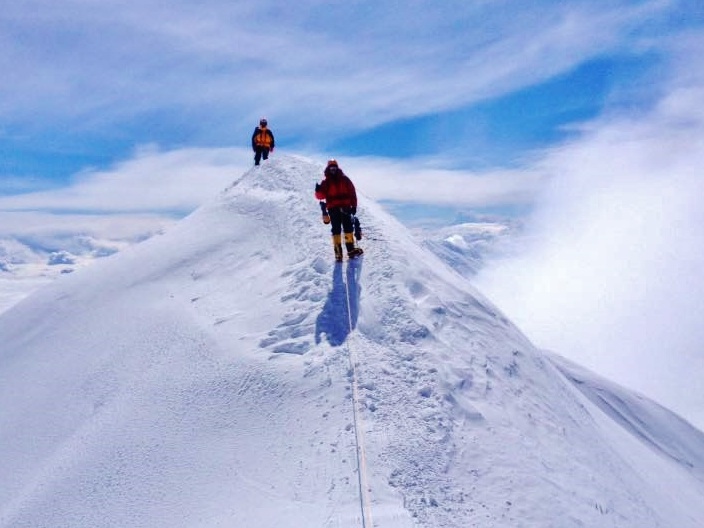
Discover the essential knowledge every hiker needs to navigate the mountain environment. From understanding weather patterns and rock types to staying safe amidst glacial travel and wildlife encounters, this article provides a comprehensive guide to ensure a successful and enjoyable hiking experience.
With tips on altitude adjustment, avalanche safety, hiking gear essentials, and managing acute mountain sickness, you'll be well-prepared to tackle any mountain adventure.
Enhance your outdoor skills and embrace the challenges of the mountains with confidence.
Weather Patterns
One must understand the various weather patterns in the mountain environment in order to ensure a safe and successful hiking experience.
Weather forecasting is an essential tool for hikers as it helps them plan their trips accordingly. In the mountains, weather conditions can change rapidly, making it crucial for hikers to stay informed about any potential storms or extreme weather events.
Climate change has also had a significant impact on weather patterns in mountain regions. Rising temperatures and changing precipitation patterns have led to more unpredictable weather, including intense storms and longer dry spells. It is important for hikers to stay updated on climate change impacts and adapt their plans accordingly.
Being aware of weather patterns and their potential changes will greatly enhance the safety and enjoyment of any mountain hiking expedition.
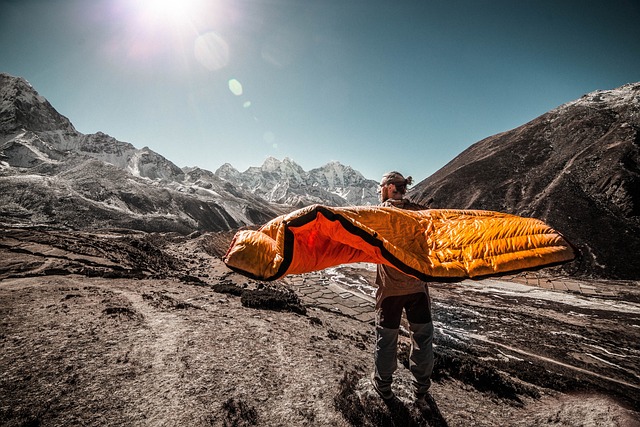
Rock Types
Understanding the different rock types you may encounter while hiking is crucial for your safety and enjoyment. By being able to identify rock formations, you can navigate more effectively and avoid potential geological hazards.
This knowledge will help you make informed decisions about where to place your feet and where to find stable ground, ensuring a successful and safe hiking experience in the mountains.
To gain a comprehensive understanding of the mountain environment, hikers should familiarize themselves with the various rock types they may encounter along their trails. Identifying rock formations can provide valuable insight into the geological history of the area and enhance the hiking experience. Here are some key aspects of identifying rock formations:
Color and Texture: Different rock types exhibit distinct colors and textures, such as smooth, grainy, or bumpy surfaces.
Layering and Stratification: Observing the layering and stratification of rocks can help determine their formation process and age.
Fossil Identification: Fossils embedded in rocks provide evidence of past life forms and can aid in identifying the rock type.
Erosion Processes: Examining the effects of erosion, such as weathering patterns and sediment deposits, can help identify the type of rock and the forces that have shaped it.
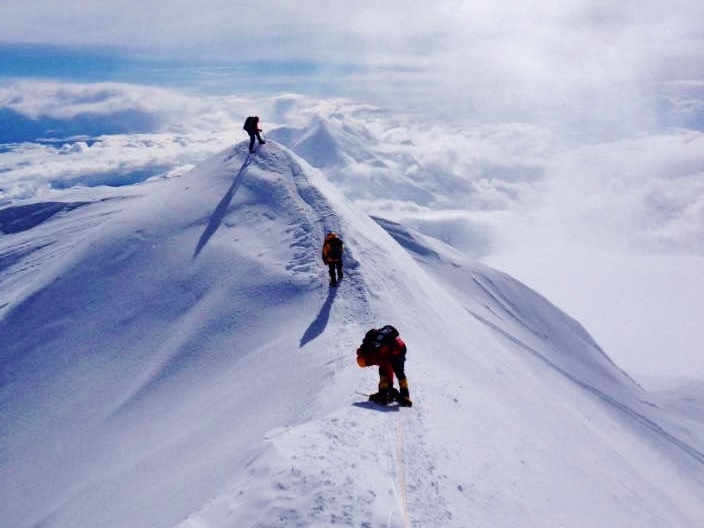
Mineral Composition: Identifying the minerals present in rocks can give insights into their formation and geological processes.
Geological Hazards and Safety
When considering the safety of hikers in the mountain environment, it is crucial to understand the potential geological hazards associated with different rock types. Geological hazards assessment plays a significant role in ensuring hikers' safety by identifying potential risks and taking appropriate precautions.
One important aspect is understanding the different types of rocks and their stability. For example, sedimentary rocks like sandstone and limestone can be prone to erosion, leading to rockfalls and landslides. On the other hand, igneous rocks like granite tend to be more stable and less prone to erosion.
It is vital for hikers to be aware of these hazards and plan their routes accordingly. In case of emergencies, reliable emergency communication systems should be in place to ensure timely assistance and rescue operations.
Being knowledgeable about rock types and their associated hazards can greatly enhance hikers' safety in the mountain environment.
Glacial Travel
Glacial travel poses unique challenges for hikers due to the constantly shifting ice formations and crevasses. To ensure safe passage, hikers should consider the following:
Glacial formation: Understanding how glaciers are formed and their characteristics is crucial. Knowledge of glacial movement and identifying potential hazards such as crevasses can help hikers navigate safely.
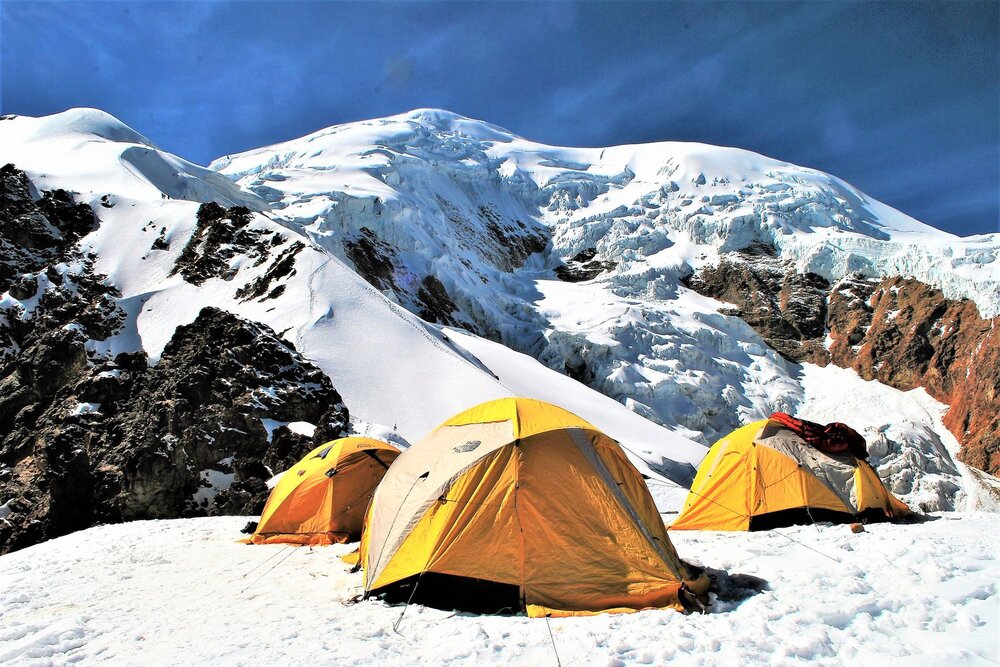
Ice climbing techniques: Familiarizing oneself with basic ice climbing techniques can be beneficial. Techniques like front-pointing, using crampons, and ice axe self-arrest can provide stability and safety while traversing icy slopes.
Rope systems: Using a rope system with proper knots and anchoring points can prevent falls and aid in rescues. Learning how to tie knots like the figure-eight and prusik knots is essential.
Equipment: Carrying essential equipment like crampons, ice axe, helmet, and crevasse rescue gear is imperative. These tools can enhance safety and facilitate self-rescue if needed.
Professional guidance: Consider seeking professional guidance or joining a guided expedition for glacial travel. Experienced guides can provide valuable knowledge and ensure a safe journey.
Altitude Adjustment
Altitude adjustment is a crucial aspect for hikers venturing into the mountains. As you ascend, oxygen levels decrease, making it harder for your body to function optimally.
This decrease in oxygen can have physical effects on your body, such as shortness of breath, fatigue, and headaches. Understanding and preparing for these changes is essential to ensure a safe and enjoyable hiking experience.
Oxygen Levels at Altitude
The mountain environment poses challenges for hikers due to the decrease in oxygen levels. As you ascend to higher altitudes, the air becomes thinner, resulting in lower oxygen saturation levels. This can lead to altitude sickness, a condition that can range from mild symptoms like headache and fatigue to more severe ones such as dizziness, nausea, and difficulty breathing.
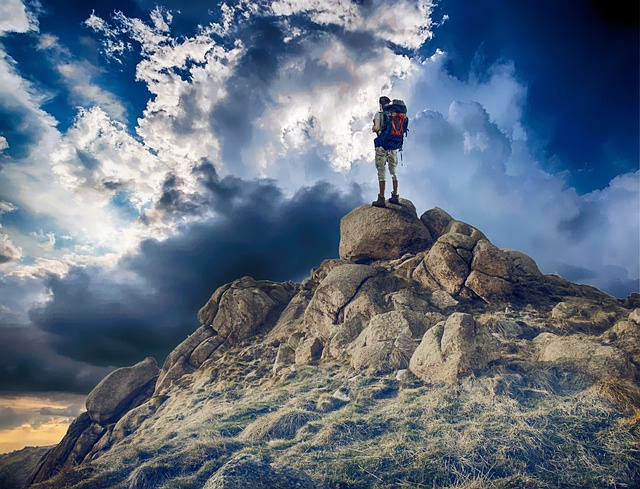
To help hikers adjust to the altitude, it is important to be aware of the following:
- Hydration: Drink plenty of water to stay hydrated and prevent dehydration, which can worsen altitude sickness.
- Acclimatization: Gradually ascend to higher altitudes, allowing your body time to adjust to the change in oxygen levels.
- Medication: Consider taking altitude sickness medication, such as acetazolamide, under the guidance of a healthcare professional.
- Rest: Take regular breaks and allow your body to rest and recover during your hike.
- Descend: If symptoms of altitude sickness persist or worsen, it may be necessary to descend to a lower altitude.
Physical Effects of Altitude
Hikers may experience physiological changes as they adjust to the altitude in the mountain environment. One common physical effect of altitude is altitude sickness, also known as acute mountain sickness (AMS). Symptoms of altitude sickness can include headache, nausea, dizziness, and fatigue. It is important for hikers to recognize these symptoms and take appropriate measures to prevent further complications.
Gradual acclimatization is key to allowing the body to adjust to higher altitudes. This can be achieved by ascending slowly and giving the body time to adapt. In some cases, high altitude training can help prepare the body for hiking at higher elevations. This involves training at simulated high altitudes to improve oxygen efficiency and enhance endurance.
It is important for hikers to be aware of the physical effects of altitude and take necessary precautions to ensure a safe and enjoyable hiking experience.
Wildlife Encounters
How can hikers effectively navigate wildlife encounters in the mountain environment? Wildlife encounters are an exciting and potentially dangerous aspect of hiking in the mountains. Understanding wildlife behavior and practicing wildlife conservation are key to ensuring a safe and enjoyable experience. Here are five essential tips for hikers:
Stay alert and observant: Pay attention to your surroundings and be aware of any signs of wildlife nearby.
Keep a safe distance: Maintain a respectful distance from wildlife to avoid disturbing them or provoking defensive behaviors.
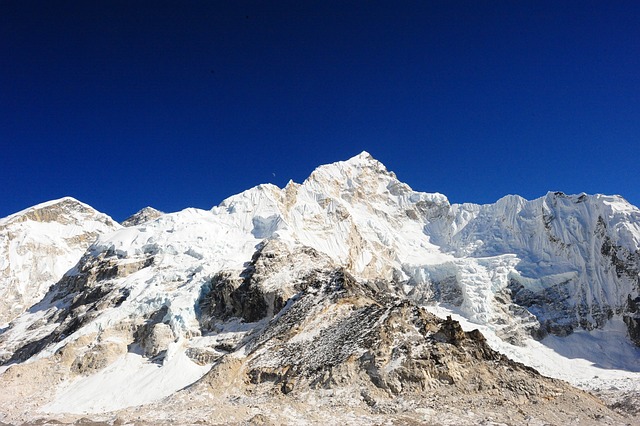
Store food properly: Use bear-resistant containers or hang food in designated areas to prevent attracting wildlife to your campsite.
Respect habitats: Stay on designated trails and avoid disturbing or damaging wildlife habitats.
Educate yourself: Learn about the wildlife species in the area you are hiking in and familiarize yourself with their behaviors and habits.
Leave No Trace Principles
Practicing proper wilderness ethics is crucial for hikers in the mountain environment, especially when it comes to Leave No Trace principles. These principles are a set of guidelines that aim to minimize the impact of human activities on the natural environment.
One important aspect of Leave No Trace ethics is proper waste disposal. Hikers should always carry out any trash they create, leaving no trace behind. This includes not only food wrappers and water bottles but also biodegradable waste such as fruit peels and toilet paper. It is essential to pack out these items to maintain the pristine beauty of the mountains and to protect the wildlife that call these areas home.
Landscape Navigation
Proper navigation of the mountain landscape is essential for hikers to ensure a safe and enjoyable outdoor experience. Here are some key aspects to consider when navigating the mountain landscape:
Map and Compass: Always carry a detailed map and compass to help you navigate and stay on track. These tools will also come in handy in case of emergency.
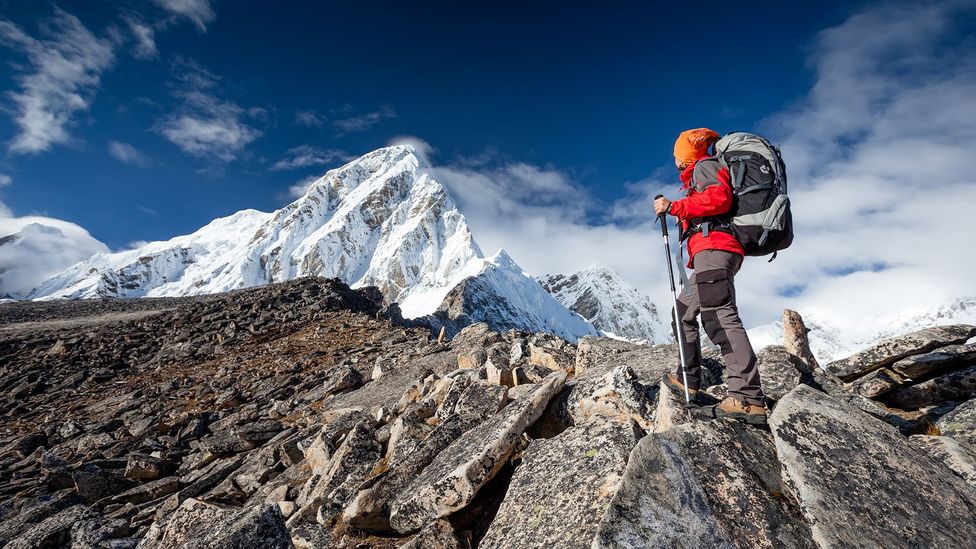
Trail Markers: Pay attention to trail markers such as blazes, cairns, and signs. These markers will guide you along the designated path and prevent you from getting lost.
Landmarks: Take note of prominent landmarks such as peaks, rivers, and rock formations. These landmarks can serve as reference points and help you stay oriented.
Trail Etiquette: Be mindful of other hikers on the trail. Yield to uphill hikers, avoid blocking the trail, and maintain a respectful distance when engaging in landscape photography.
Environmental Awareness: Stay aware of your surroundings and any potential hazards such as steep cliffs, unstable terrain, or wildlife. Being alert will help you navigate the landscape safely.
Survival Skills
Survival skills are crucial for any hiker venturing into the mountain environment. Knowing essential wilderness skills, such as starting a fire, finding and purifying water, and signaling for help, can mean the difference between life and death in an emergency situation.
Additionally, understanding shelter building techniques and being able to navigate effectively in the mountains are essential skills that can help hikers stay safe and secure during their expeditions.
Essential Wilderness Skills
Developing proficiency in wilderness skills is crucial for hikers navigating the mountain environment. These skills are not only essential for survival but also contribute to a safe and enjoyable hiking experience.

Here are five essential wilderness skills that every hiker should acquire:
Wilderness first aid: Knowing how to provide basic first aid in remote areas can make a significant difference in emergencies. Being able to assess and treat injuries or illnesses until professional help arrives is crucial.
Water purification: Access to safe drinking water is essential for survival. Understanding different methods of purifying water, such as boiling, using water filters, or chemical treatments, can prevent waterborne illnesses.
Navigation: Being able to read maps, use a compass, and navigate using natural landmarks are fundamental skills for hikers. These skills ensure that hikers can find their way and avoid getting lost in unfamiliar terrains.
Fire building: Knowing how to build a fire safely is essential for warmth, cooking, and signaling for help. Understanding different fire-starting techniques and gathering appropriate firewood are crucial skills.
Shelter building: In emergency situations, knowing how to construct a shelter using natural materials can provide protection from the elements and ensure survival.
Shelter Building Techniques
Continuing the exploration of essential wilderness skills, hikers should adeptly employ shelter building techniques in the mountain environment.
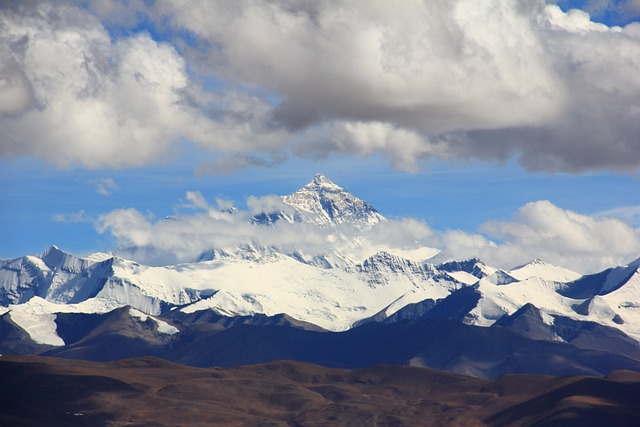
When venturing into the mountains, having a well-constructed shelter is crucial for protection against the elements. Shelter design plays a vital role in ensuring safety and comfort. It is essential to choose a location that is protected from wind and potential hazards such as falling rocks. Utilizing natural resources such as fallen branches and rocks can aid in constructing a sturdy shelter.
Additionally, fire building is an essential skill that hikers should possess. Building a fire not only provides warmth but also helps ward off potential predators. It is important to gather dry wood and kindling beforehand to ensure a successful fire.
Remember to always prioritize safety and leave no trace when building shelters and fires in the mountain environment.
Navigation in Mountains
Hikers must possess proficient navigation skills to safely navigate the challenging terrain of the mountain environment. When venturing into the mountains, it is crucial to be well-prepared and equipped with the necessary tools and knowledge to find your way. Here are some essential aspects of navigation in mountains:
Map Reading: Familiarize yourself with topographic maps and learn how to read contour lines, symbols, and scales to understand the terrain.
Compass Use: A compass is a valuable tool for orienting yourself and determining direction. Learn how to use it to navigate accurately.
GPS Technology: Utilize GPS devices or smartphone apps designed for hiking to track your location, mark waypoints, and follow pre-planned routes.
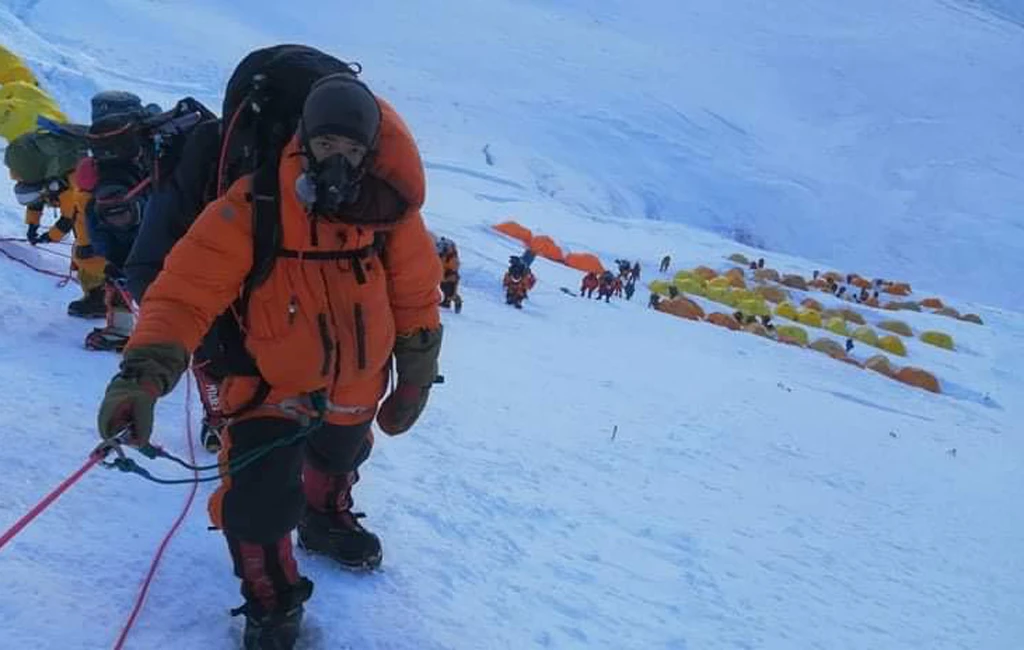
Trail Markers: Pay attention to trail markers, such as blazes, cairns, or signs, which can guide you along the designated mountain trails.
Hiking Equipment: Carry a reliable hiking GPS, a compass, a map, and a backup power source for your electronic devices to ensure you have reliable navigation tools.
Mountain Topography
The mountain's topography plays a crucial role in shaping the landscape and determining the difficulty of the hiking trail. Mountain formations, such as ridges, peaks, and valleys, create variations in elevation, which can make the terrain more challenging for hikers. Steep slopes and cliffs can pose potential hazards and require careful navigation. On the other hand, valleys can offer more sheltered and accessible routes.
Additionally, the topography influences the distribution of mountain vegetation. As elevation increases, the climate becomes colder and harsher, resulting in a change in plant species. Hikers may encounter different types of vegetation, ranging from lush forests at lower elevations to alpine meadows and tundra at higher altitudes.
Understanding the mountain's topography is essential for planning a safe and enjoyable hiking experience.
Avalanche Safety
Avalanche safety is a crucial consideration for hikers in the mountain environment. The unpredictable nature of avalanches makes it imperative for hikers to have a solid understanding of avalanche awareness and snow safety. Here are five important aspects to keep in mind when it comes to avalanche safety:
Education: Take a course or workshop on avalanche awareness to learn about the fundamentals of snow safety, including understanding snowpack, terrain evaluation, and rescue techniques.

Equipment: Always carry essential avalanche safety gear, including a beacon, shovel, and probe. These tools can greatly increase your chances of survival in the event of an avalanche.
Route Planning: Choose your route wisely, considering the slope angle, potential avalanche terrain, and recent weather conditions. Avoid steep slopes and areas prone to avalanches.
Weather Monitoring: Stay updated on weather forecasts and avalanche bulletins. Pay attention to changing conditions and adjust your plans accordingly.
Group Dynamics: Travel with a knowledgeable and experienced group. Communicate effectively, make collective decisions, and prioritize safety over summit objectives.
Hiking Gear Essentials
To ensure a safe and successful hiking experience in the mountain environment, it is crucial for every hiker to have the right gear.
Two essential items that should be at the top of your list are hiking boots and backpacking essentials.
When it comes to hiking boots, proper selection is key. Look for boots that provide excellent ankle support, have a sturdy sole for traction, and are made of waterproof material to keep your feet dry in wet conditions.
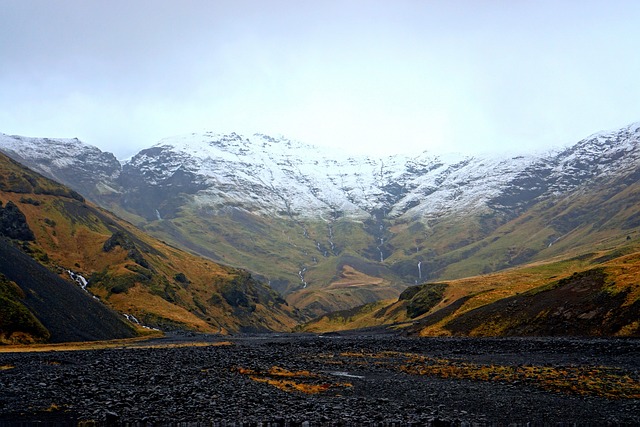
Additionally, investing in backpacking essentials such as a reliable backpack, a lightweight and durable tent, a sleeping bag suitable for the expected temperatures, a water purification system, and adequate food and water supplies are crucial for your safety and comfort.
Don't forget to pack other essentials like a map, compass, first aid kit, and extra clothing layers.
Acute Mountain Sickness
Acute Mountain Sickness, a common ailment in the mountain environment, is a condition that hikers should be aware of and prepared for. Altitude sickness can occur when hikers ascend to high altitudes too quickly, without giving their bodies enough time to acclimatize.
To prevent the onset of this condition, hikers should take the following prevention measures:
- Gradual ascent: Ascend slowly to allow your body to adjust to the changing altitude.
- Stay hydrated: Drink plenty of fluids to prevent dehydration, which can exacerbate the symptoms of altitude sickness.
- Proper nutrition: Maintain a balanced diet rich in carbohydrates to provide your body with the energy it needs to combat altitude sickness.
- Medications: Consult with a healthcare professional about taking medications such as acetazolamide to help prevent altitude sickness.
- Recognize the symptoms: Be aware of the signs of altitude sickness, which include headache, nausea, dizziness, and shortness of breath. If you experience any of these symptoms, descend to a lower altitude immediately.
 Travel AdviceDigital NomadsExPat LivingTravel Content Creation HacksPlaces to VisitAdventure TravelPrivacy PolicyTerms And Conditions
Travel AdviceDigital NomadsExPat LivingTravel Content Creation HacksPlaces to VisitAdventure TravelPrivacy PolicyTerms And Conditions
